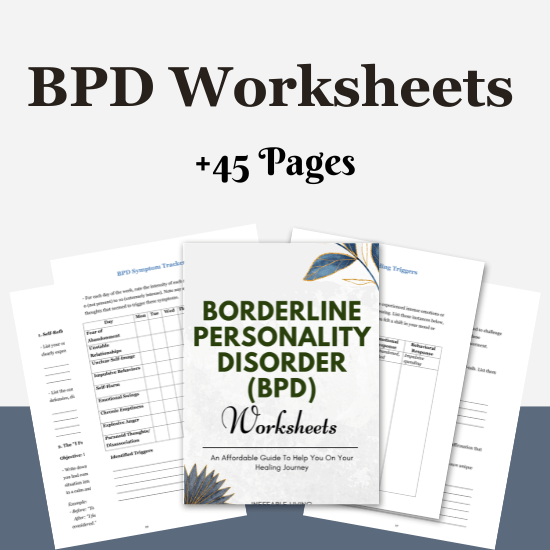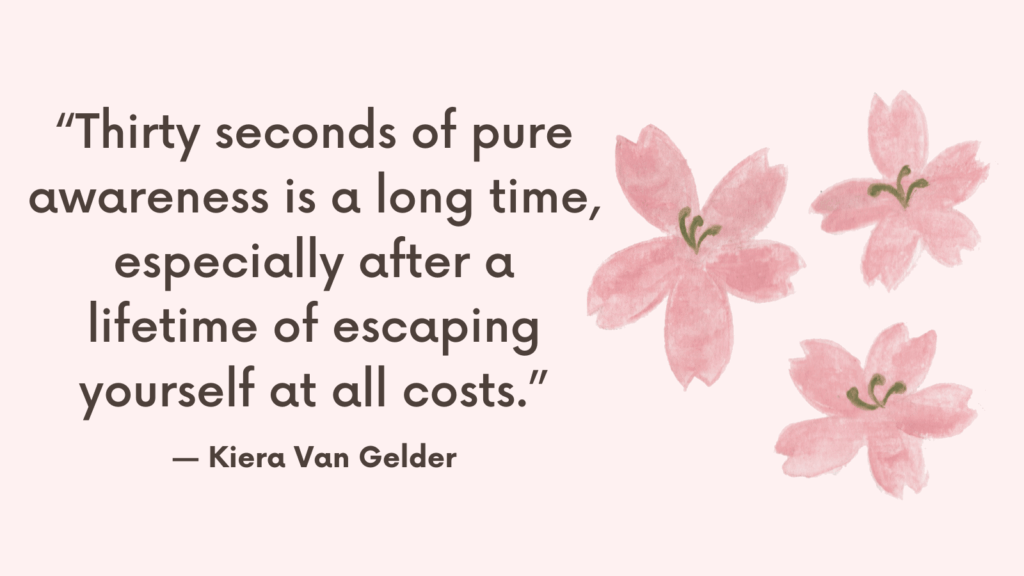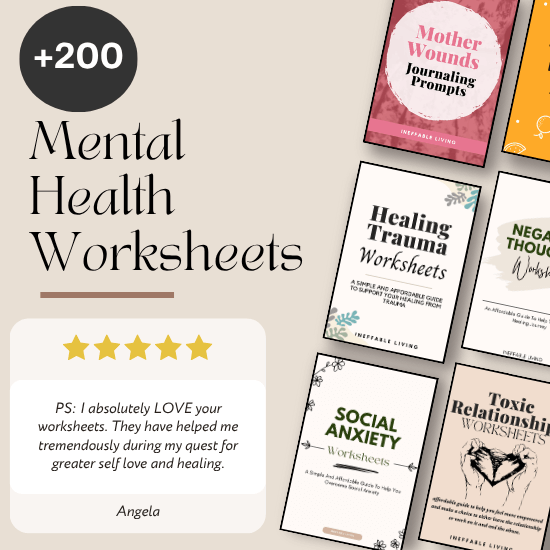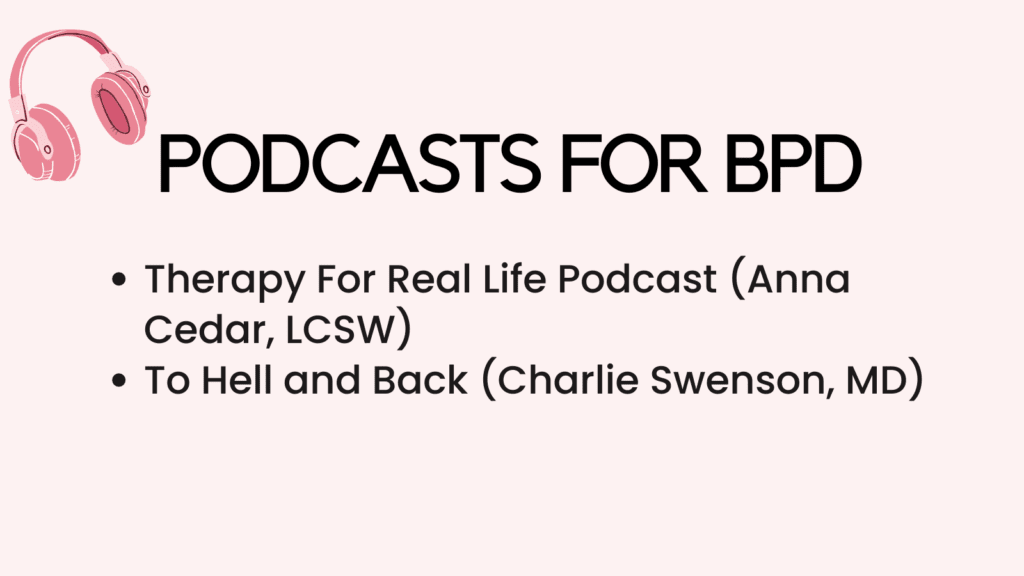When you’re in the middle of a BPD emotional crisis, everything can feel urgent, overwhelming, and out of control. Your heart is racing, your thoughts are spiraling, and you might feel like the only way to make it stop is to lash out, shut down, or hurt yourself.
But you don’t have to hurt yourself to survive the moment. You can learn to self-soothe — not by denying your pain, but by calming your body and mind until the emotional wave passes.
Here’s how to self-soothe safely and gently during an intense emotional storm.
What a BPD Emotional Crisis Feels Like
- A sudden emotional surge (anger, fear, shame, sadness)
- Feeling like everything is your fault or nothing matters
- Desperate fear of abandonment or rejection
- Urges to self-harm, lash out, isolate, or end relationships
- Black-and-white thinking: “I hate them,” “I’m worthless,” “I’ll never get better”
- Physical sensations: shaking, heart pounding, nausea, dissociation
The intensity can go from 0 to 100 in seconds — and feel like it will never stop.
What Triggers It?
Common triggers include:
- A partner needing space or pulling away
- Feeling ignored, dismissed, or criticized
- Conflict or confrontation
- Abandonment — real or imagined
- A sudden change in routine or mood
- Feeling emotionally unsafe or out of control
Triggers don’t have to be big to set off a big reaction. For someone with BPD, even subtle cues can activate deep emotional wounds.
Related: Top 7 Skills For Coping With BPD [+ BPD FREE Resources]
What’s Really Happening?
You’re not overreacting — you’re having a trauma response. Your nervous system believes you’re in danger. Your brain thinks: I’m about to be left, hurt, or forgotten. So it sends out emergency signals — panic, rage, shutdown — in an attempt to protect you.
Your reaction is about survival, not logic.
How to Self-Soothe During a BPD Emotional Crisis Without Hurting Yourself?
1. Remind Yourself: This Is a Crisis, Not a Permanent Reality
Say:
- “I am in a crisis, but this will pass.”
- “My emotions are intense right now, but I don’t have to act on them.”
- “This is pain — not danger.”
Name what’s happening. Naming gives you power.
2. Use Temperature to Reset Your Nervous System
Fast relief often starts with physical regulation.
- Hold an ice cube in your hand or on your neck
- Splash cold water on your face or run cold water over your wrists
- Press a cold pack to the back of your neck or forehead
Cold shocks the system and signals your body to calm down.
Related: What Is Quiet Borderline Personality Disorder?
3. Engage in Intense Physical Movement
When your body is full of panic, rage, or shame, move the energy out safely:
- Do jumping jacks, squats, or run in place for 30–60 seconds
- Scream into a pillow or punch a cushion
- Shake your arms and legs as hard as you can for 15 seconds
- Take a fast-paced walk or pace your room
You’re not trying to escape the emotion — you’re letting it move through you.
4. Use Soothing Touch
- Wrap yourself in a blanket like a cocoon
- Hug a pillow or stuffed animal
- Place your hand on your heart or stomach and say, “I’m here with you.”
- Rock back and forth or gently sway your body
This creates safety and comfort through physical reassurance.
5. Speak to Yourself Like You Would a Scared Child
You are not broken — you are hurting. Talk to yourself with warmth:
- “I know this hurts. You’re not alone.”
- “I’m not going to abandon you.”
- “We’ve survived this before. We can do it again.”
Let the scared part of you hear your voice and feel your presence.
Related: Borderline Personality Disorder Support Group
6. Use Distraction to Interrupt the Spiral
Sometimes you need to shift your focus to break the intensity:
- Watch a funny or calming video
- Do a puzzle, coloring page, or simple game
- Listen to a song you know by heart and sing along
- Count backwards from 100 or name everything around you that’s blue
This doesn’t erase the emotion — it gives your brain time to stabilize.
7. Create a “Crisis Box” or Soothing Kit
Keep items nearby that help you feel grounded:
- Photos of loved ones or calming places
- Scented lotion, essential oils, or candles
- Fidget tools or textured objects
- A list of reminders: “You are safe. You are not alone. You will get through this.”
When crisis hits, reach for the box instead of reaching for self-harm.
8. Write Instead of Acting
If you feel like exploding or self-harming, write it all out first. Dump every thought, emotion, and urge onto the page. Burn it if you want. Let it exist outside your body without acting on it.
You may realize afterward: You didn’t need to hurt yourself. You needed to be heard.
9. Use Guided Self-Soothing Techniques
Look up:
- Grounding exercises for BPD
- DBT “TIPP” or “ACCEPTS” skills
- Guided meditations for emotional storms
- YouTube videos for emotional regulation
Sometimes hearing someone else’s voice guide you is enough to interrupt the crisis.
Related: Borderline Personality Disorder (BPD) Resources (Information, APPS, Podcasts, TED Talks, Books)
10. Reach Out — Even Briefly
If you can, text a trusted friend:
- “I’m struggling. Can you remind me I’ll be okay?”
- “I don’t need fixing — I just want a little support right now.”
If no one’s available, write a letter to your future self. Remind yourself what has helped in the past — and that you’ve survived every storm so far.

Conclusion
Self-soothing doesn’t mean pretending you’re fine. It means choosing gentleness over punishment, even when your brain says you don’t deserve it. You don’t have to be perfect. You just have to pause, breathe, and try one safe thing.
You are not too much. You are not beyond help. You are someone in pain, learning how to stay with yourself — and that is powerful healing.



![BPD Support Groups [Online & In-Person]](https://ineffableliving.com/wp-content/uploads/2022/09/Borderline-Personality-Disorder-Support-Group-1024x576.png)